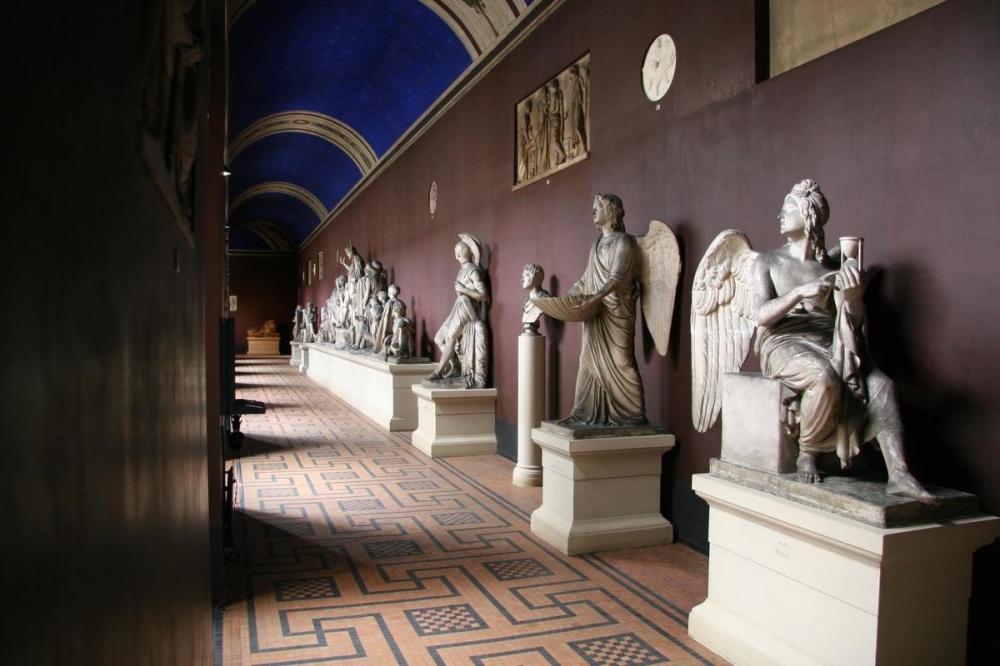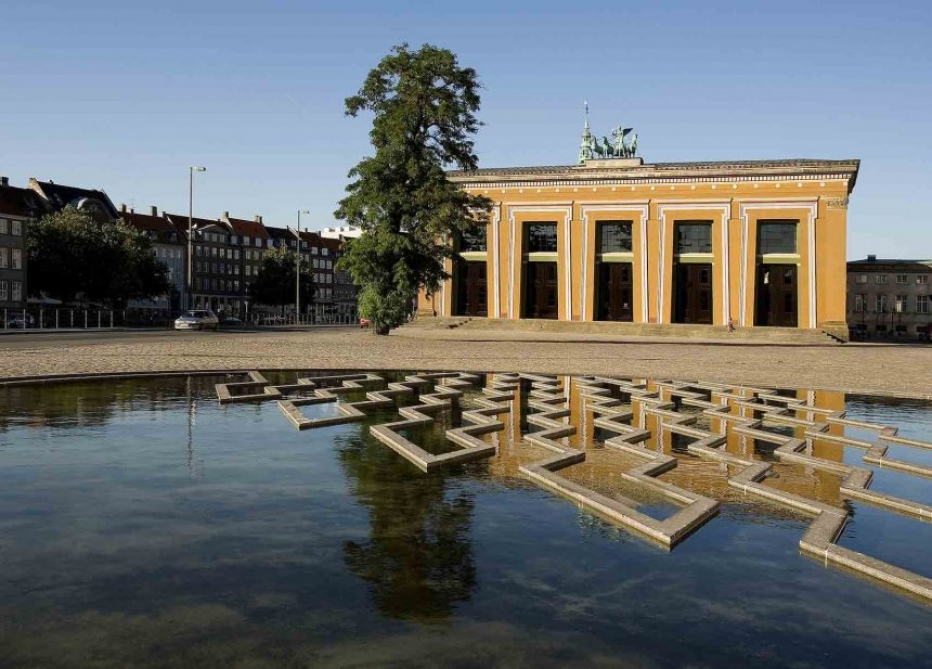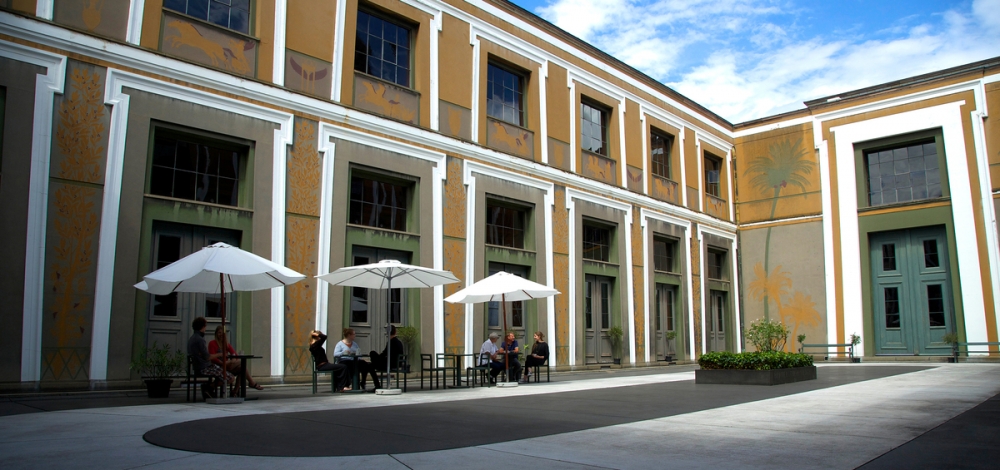
Located at Slotsholmen in the heart of Copenhagen, capital city of Denmark, Thorvaldsens Museum – one of the country’s most beautiful buildings itself is a historical treasure, with grand architectural features to complement the statues of gods and famous historical figures that line the walls.
World-famous Danish sculptor Bertel Thorvaldsen was one of Europe’s most famous artists in the 19th century and by far one of the most famous and influential artists Denmark has ever had.
Born in Copenhagen, he studied in Rome from 1796 and spent most of the rest of his life there, accepting commissions from all over Europe.
In 1838, he decided to return home for good, founding a museum to house his collections of plaster models of his entire output, as well as contemporary paintings and antique artifacts.
Thorvaldsen’s Museum is a key building in the history of Danish Classicism. Completed in 1848, it was built just as the old Neoclassicism was passing out of fashion but before historicism had taken root.
The museum was the first and most important work of its architect, Michael Gottlieb Bindersbøll.
It was built on the site of the old Royal Carriage House, not far from the Christiansborg Palace. The reuse of that building’s foundations largely dictated the museum’s dimensions.
Bindersbøll’s study of polychromy in the decoration of antique buildings materially affected his design.
A visit to the museum is like stepping into another world. A walk through the museum offers a veritable orgy of colours – brightly coloured walls, richly decorated ceilings and mosaic floors, all of which have Bertel Thorvaldsen’s marble and plaster sculptures as the natural centre of attention.
The basic color of the simple and massive exterior is a rich ocher, with architectural elements picked out in white, green, and blue.
The portal motifs of the entrance front are carried around the sides, where they contain windows and frame a remarkable s’graffito (“scratched” plaster) frieze by Jørgen Sonne depicting the transport of Thorvaldsen’s collections from Rome to Copenhagen, in a modern-dress equivalent of an ancient Roman triumph.
The museum’s interior is decorated with plain dark colors to set off the sculpture, and the ceilings are decorated in paint and stucco in the Pompeian style.
The entrance vestibule is large and barrel-vaulted. Beyond, a glazed peristyle surrounds the courtyard while the side wings contain a series of small rooms or alcoves to house individual major works of art. At the far end is a hall for the display of Thorvaldsen’s figure of Christ.


